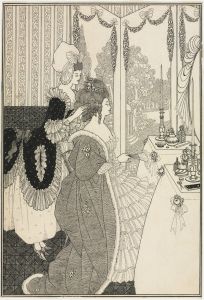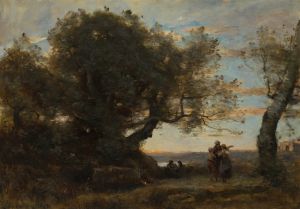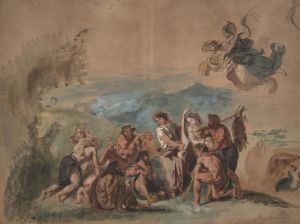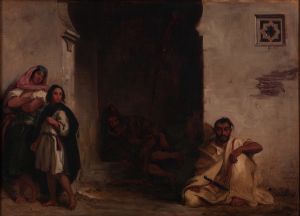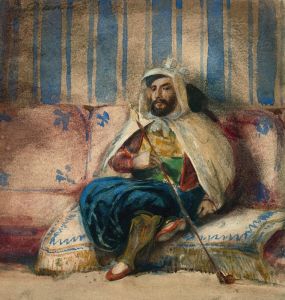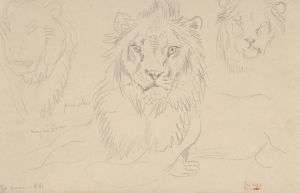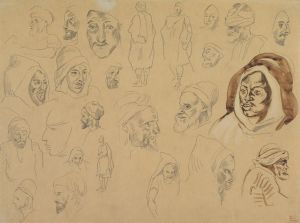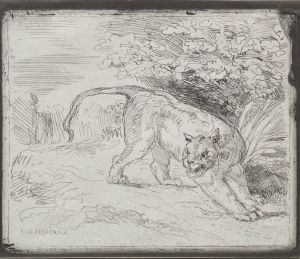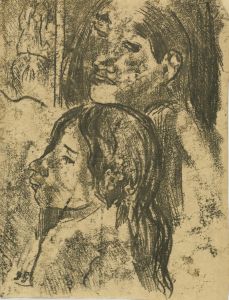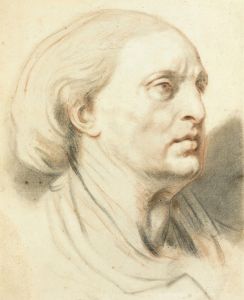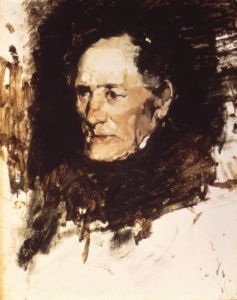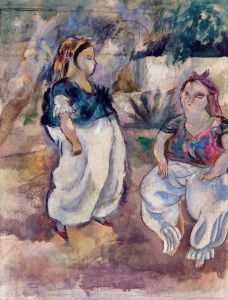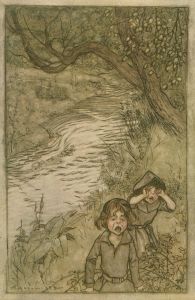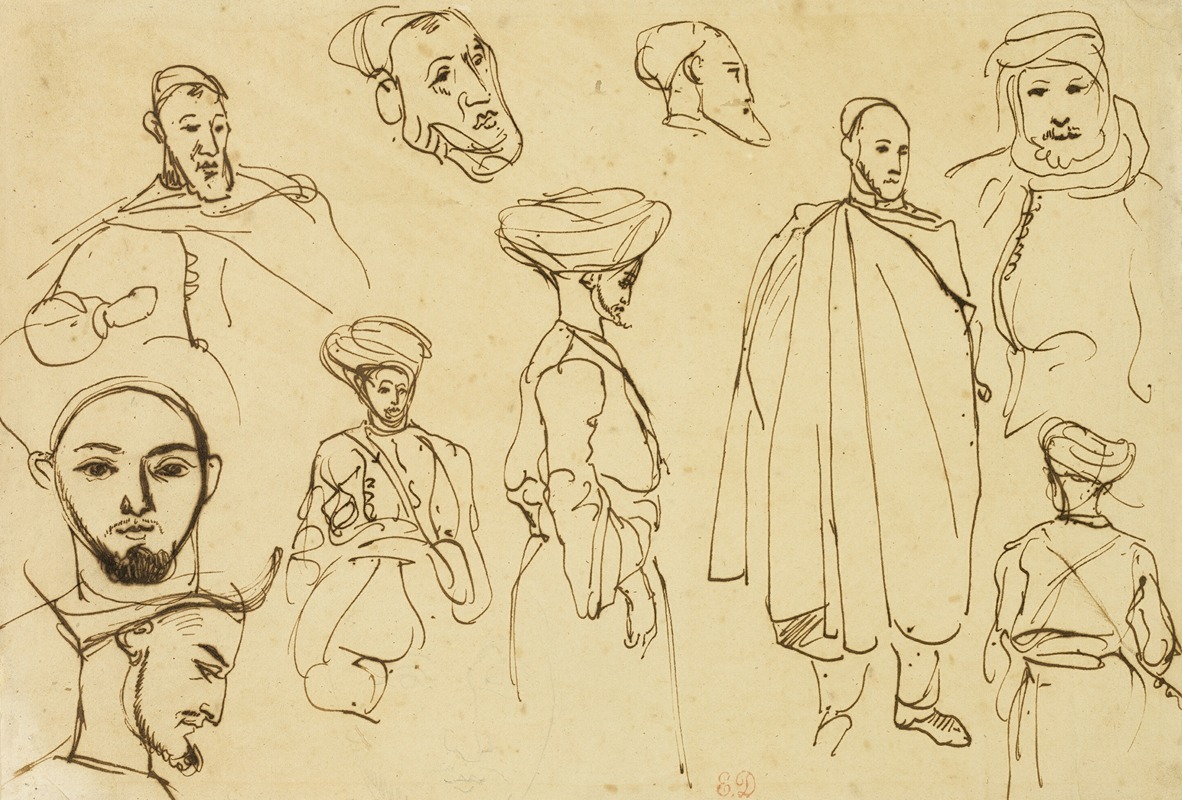
Sketches of Algerian Men
A hand-painted replica of Eugène Delacroix’s masterpiece Sketches of Algerian Men, meticulously crafted by professional artists to capture the true essence of the original. Each piece is created with museum-quality canvas and rare mineral pigments, carefully painted by experienced artists with delicate brushstrokes and rich, layered colors to perfectly recreate the texture of the original artwork. Unlike machine-printed reproductions, this hand-painted version brings the painting to life, infused with the artist’s emotions and skill in every stroke. Whether for personal collection or home decoration, it instantly elevates the artistic atmosphere of any space.
Eugène Delacroix, a prominent French Romantic artist, is well-known for his vivid and expressive use of color and his fascination with exotic subjects. Among his many works, "Sketches of Algerian Men" stands out as a testament to his interest in North African culture, which he encountered during his travels in the region. This piece is part of a larger body of work that Delacroix produced following his visit to Algeria in 1832, a trip that significantly influenced his artistic direction.
In 1832, Delacroix accompanied a diplomatic mission to Morocco and Algeria, which were then under French colonial influence. This journey marked a turning point in his career, providing him with a wealth of new subjects and themes. The vibrant culture, diverse people, and striking landscapes of North Africa captivated Delacroix, and he sought to capture these elements in his art. His sketches and paintings from this period reflect a deep engagement with the people and customs he observed.
"Sketches of Algerian Men" is a collection of studies that Delacroix created during or after his visit to Algeria. These sketches are characterized by their dynamic composition and the artist's keen attention to detail. Delacroix was particularly interested in the traditional clothing, gestures, and expressions of the Algerian men he encountered. His sketches often depict men in various poses, engaged in everyday activities or simply standing in traditional attire. The immediacy and spontaneity of these sketches suggest that Delacroix was drawing from life, capturing fleeting moments with quick, assured strokes.
The sketches are notable for their use of line and shading, which Delacroix employed to convey the texture of fabrics and the play of light and shadow on the figures. His ability to suggest movement and emotion with minimal lines is evident in these works. Delacroix's sketches were not merely preparatory studies for larger paintings; they were also valuable records of his observations and experiences in Algeria.
Delacroix's fascination with North African subjects was part of a broader Romantic interest in the "Orient," a term used in the 19th century to describe the cultures of North Africa, the Middle East, and Asia. This interest was often characterized by a sense of exoticism and a desire to explore cultures perceived as different from European norms. Delacroix's work, including "Sketches of Algerian Men," reflects this fascination but also demonstrates his respect for the dignity and individuality of his subjects.
The influence of Delacroix's North African journey is evident in many of his later works, where he continued to explore themes of exoticism and cultural diversity. His sketches and paintings from this period contributed to the Romantic movement's broader interest in exploring new and diverse cultural landscapes.
In summary, "Sketches of Algerian Men" by Eugène Delacroix is a significant work that highlights the artist's engagement with North African culture during his 1832 visit. These sketches are valued for their artistic quality and their role in documenting Delacroix's observations and experiences. Through his work, Delacroix not only enriched his own artistic repertoire but also contributed to the 19th-century European understanding of North African cultures.





